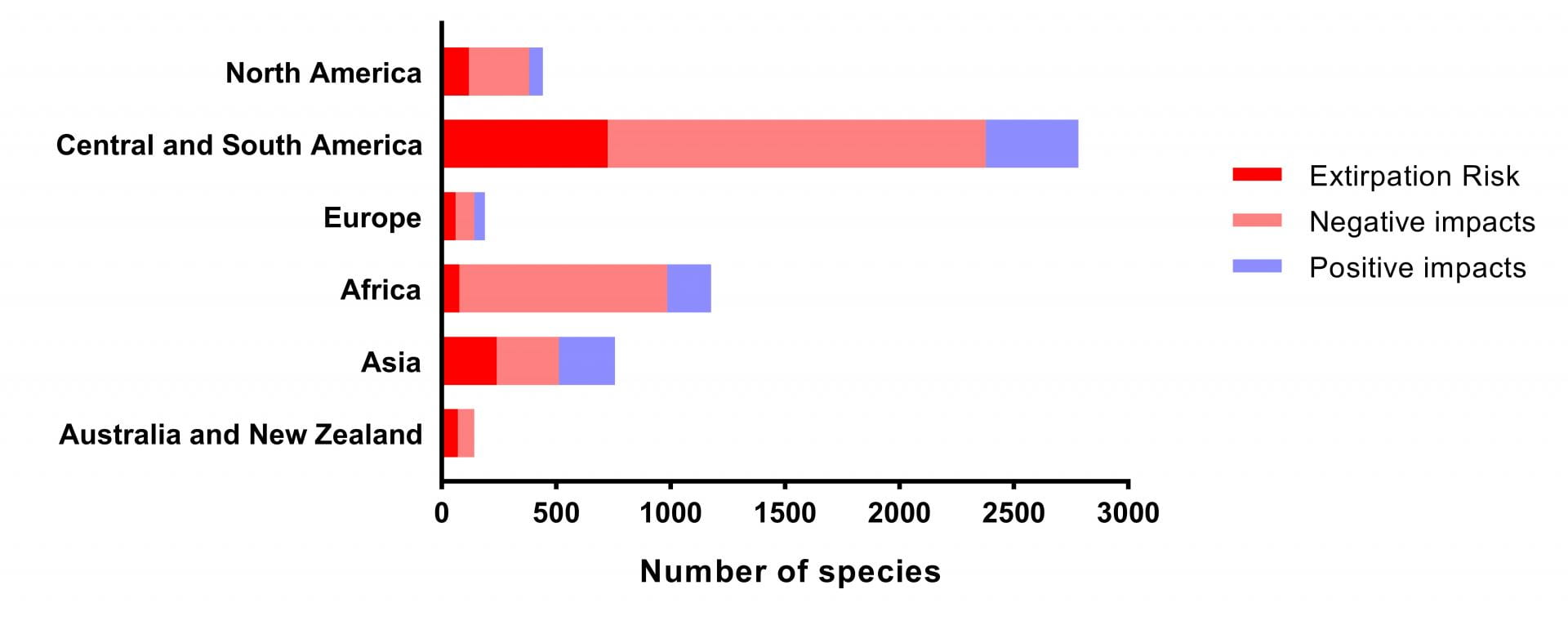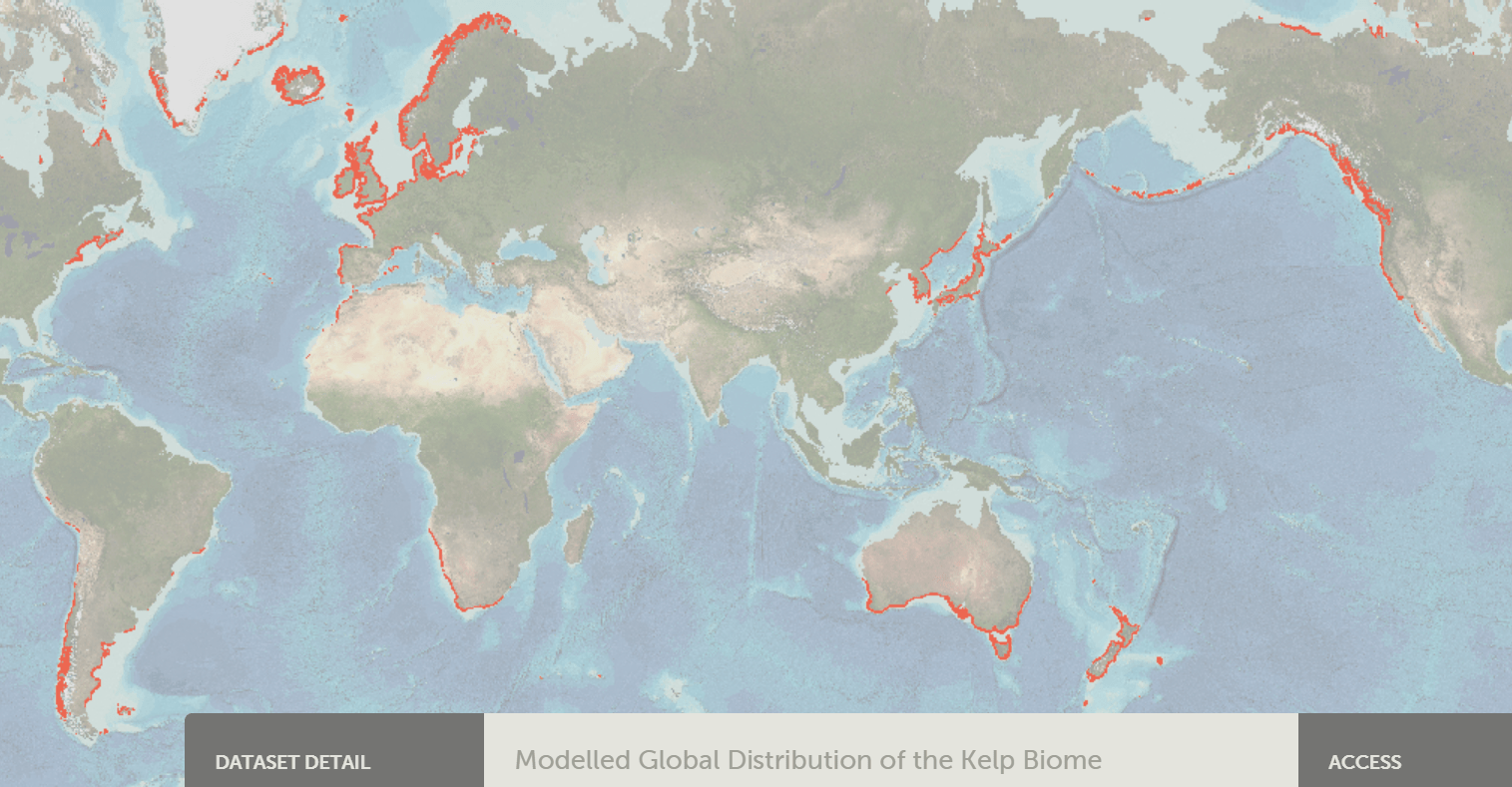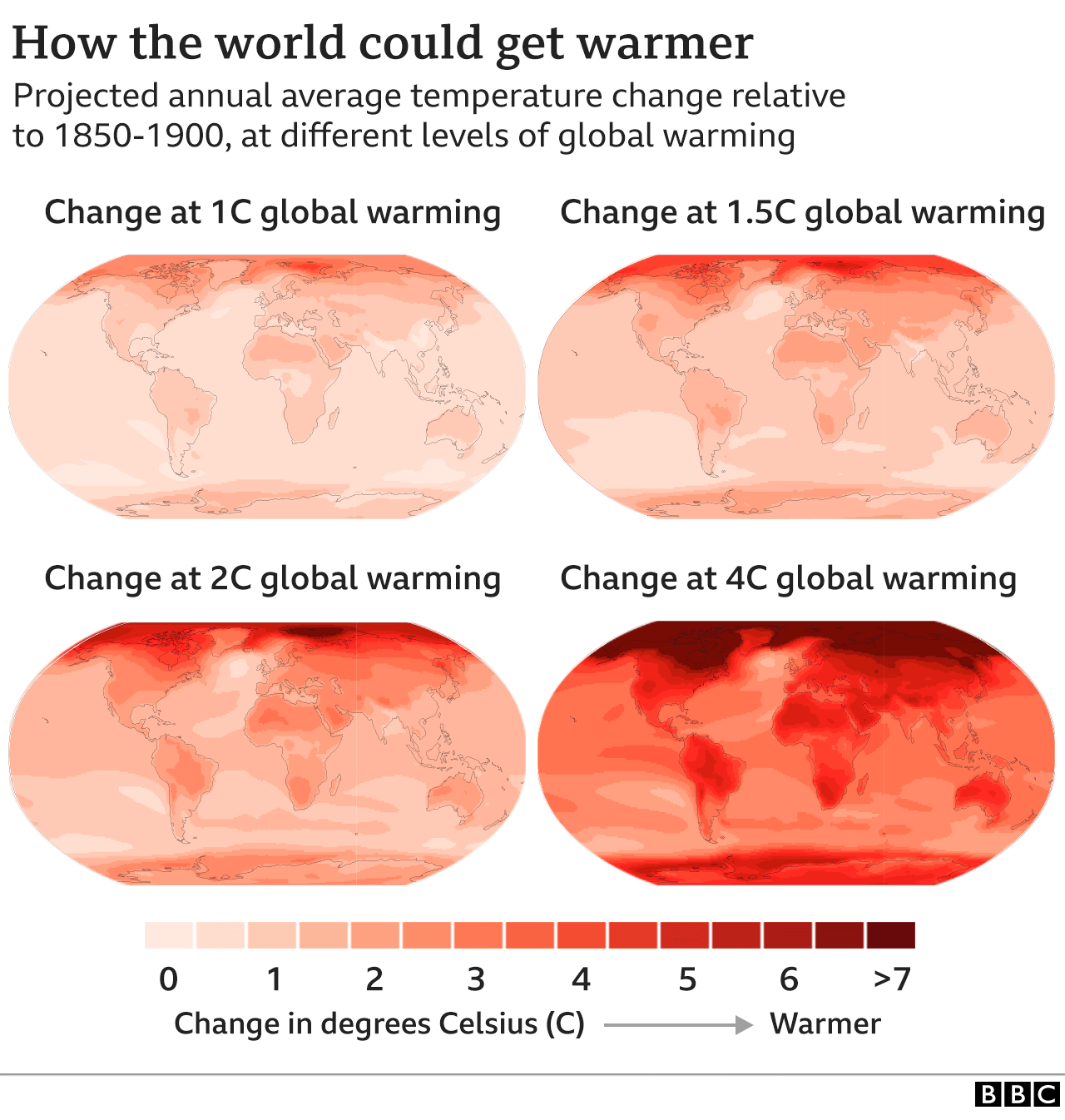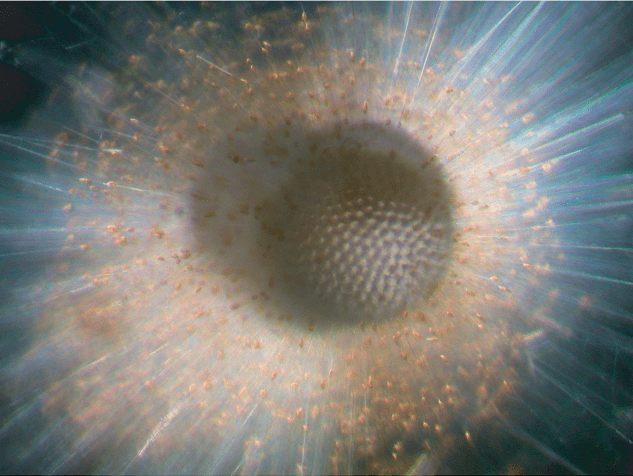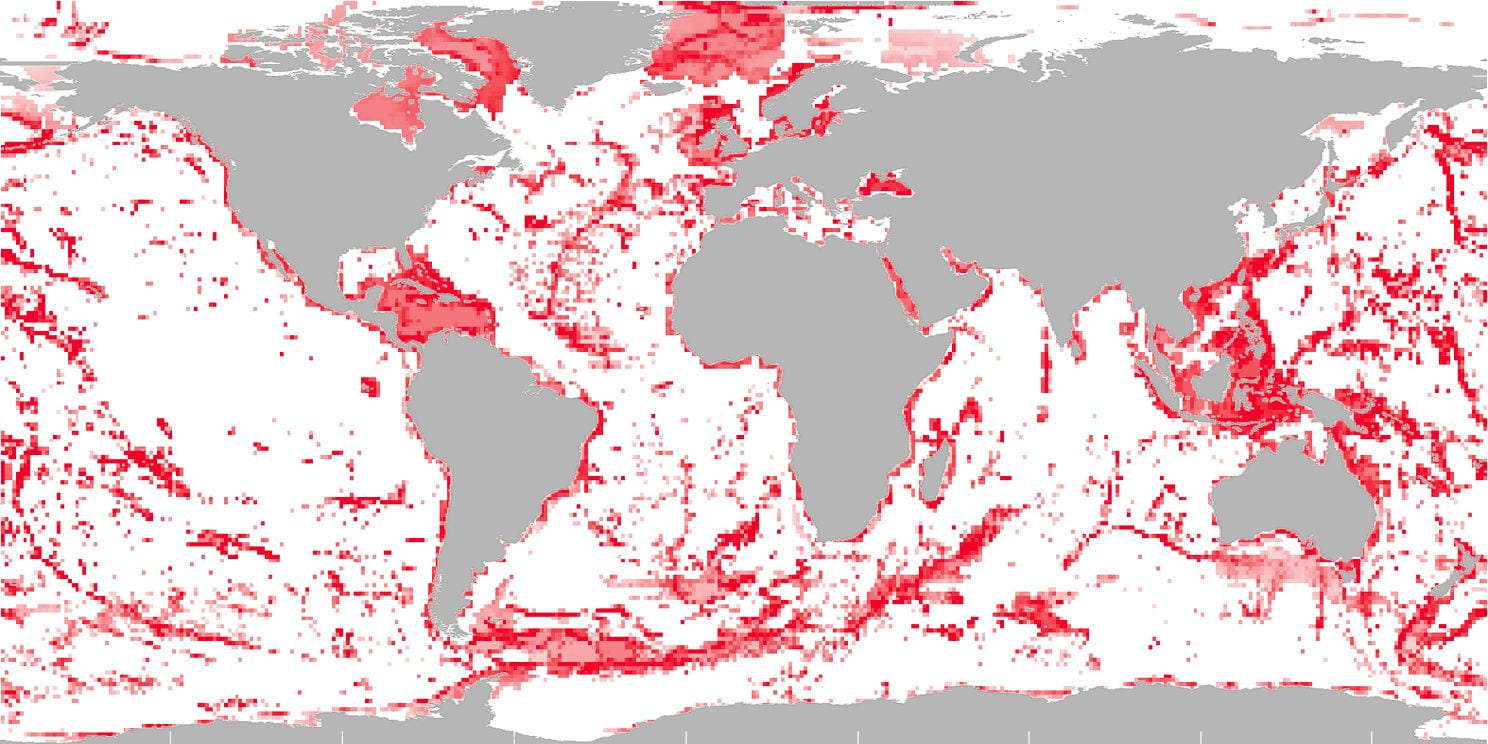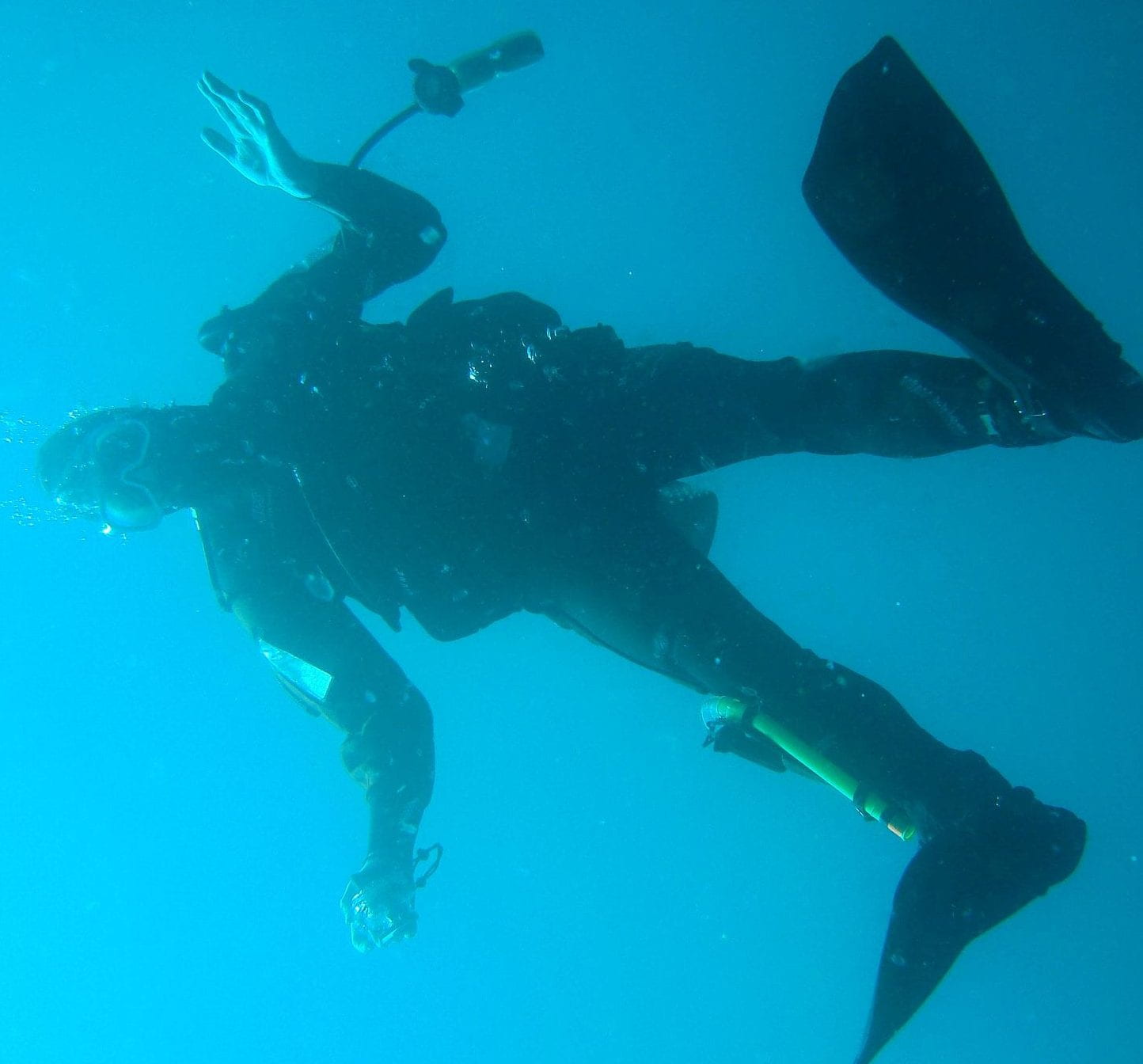Strengthening nature conservation with Marine Reserves
A 2020 survey of Irish citizens found 92% “strongly agreed” that more action needs to be taken to improve the health of the ocean. Now is their chance to push for such change. This Friday 30th July 2021 is the deadline for citizens to support the protection of marine life around Ireland through the “Public
